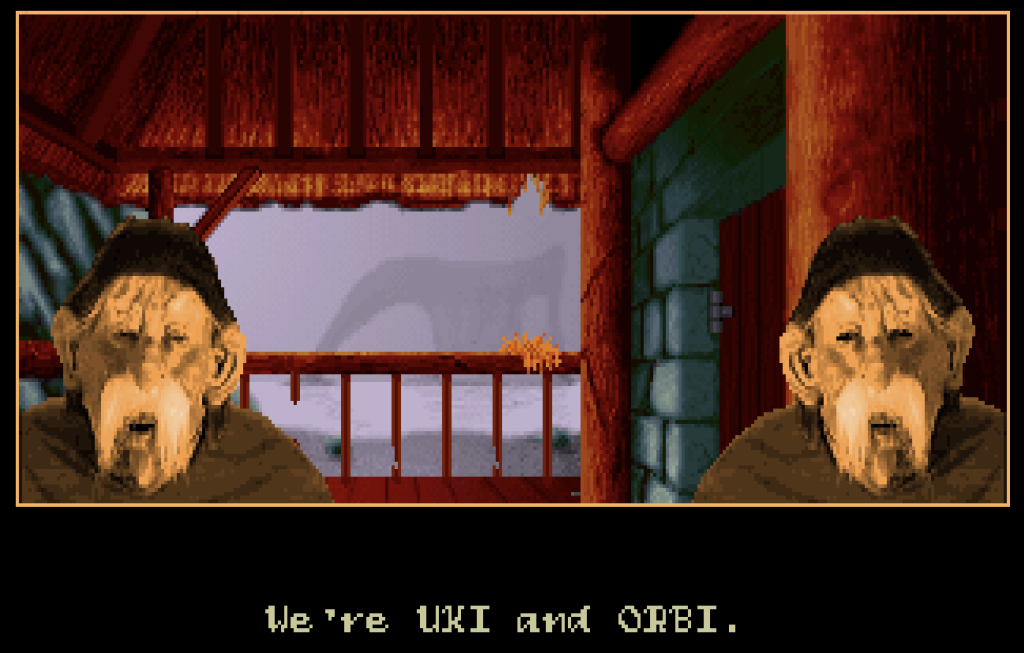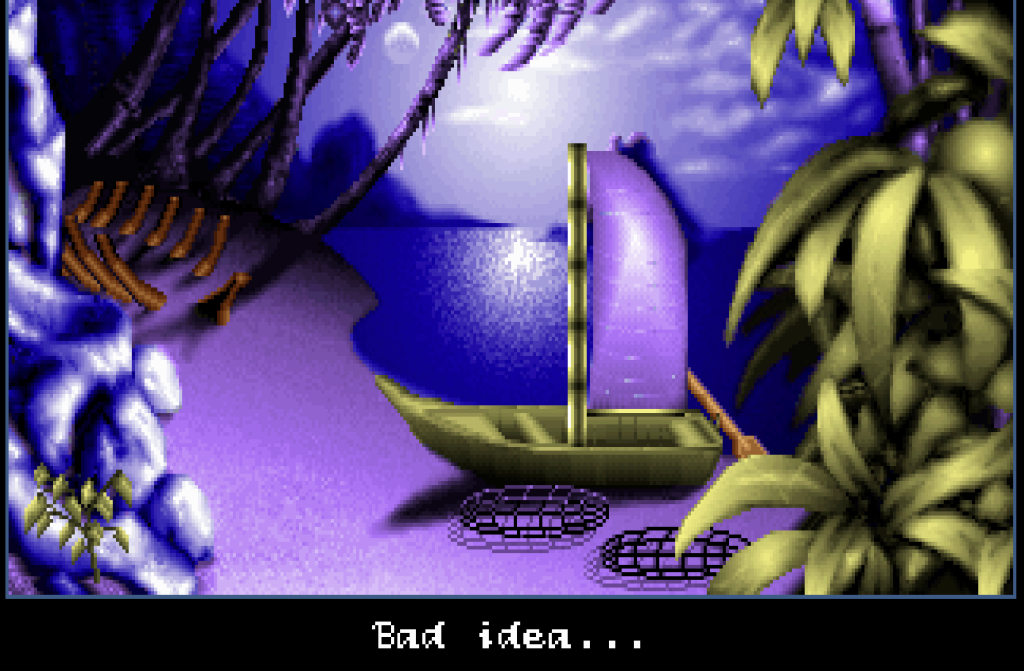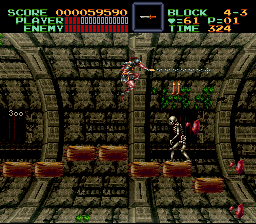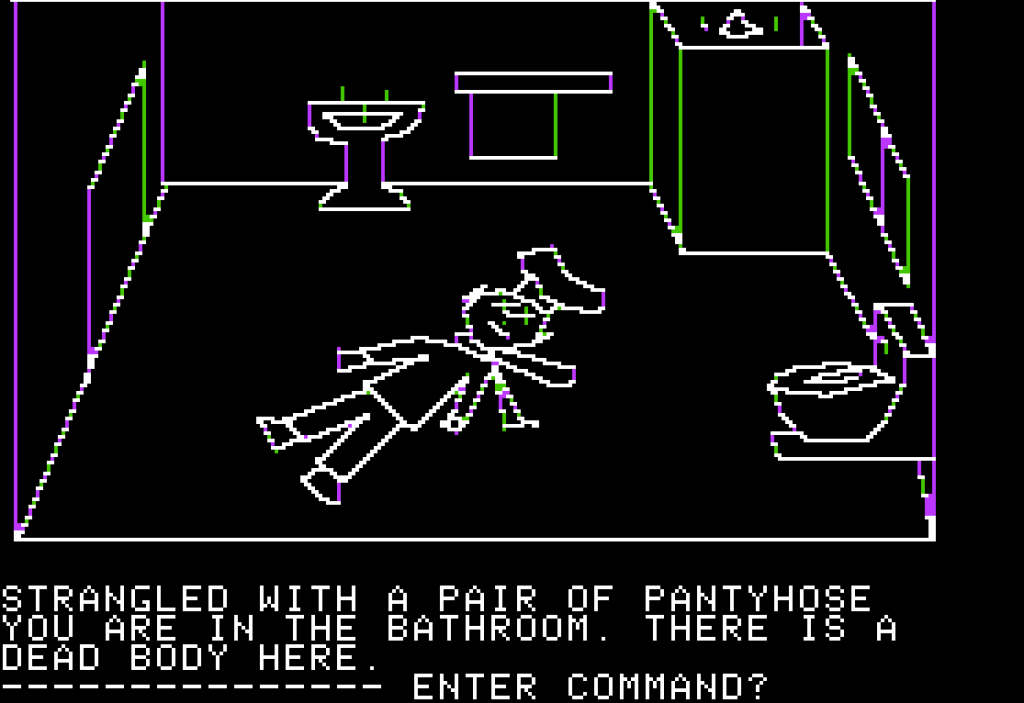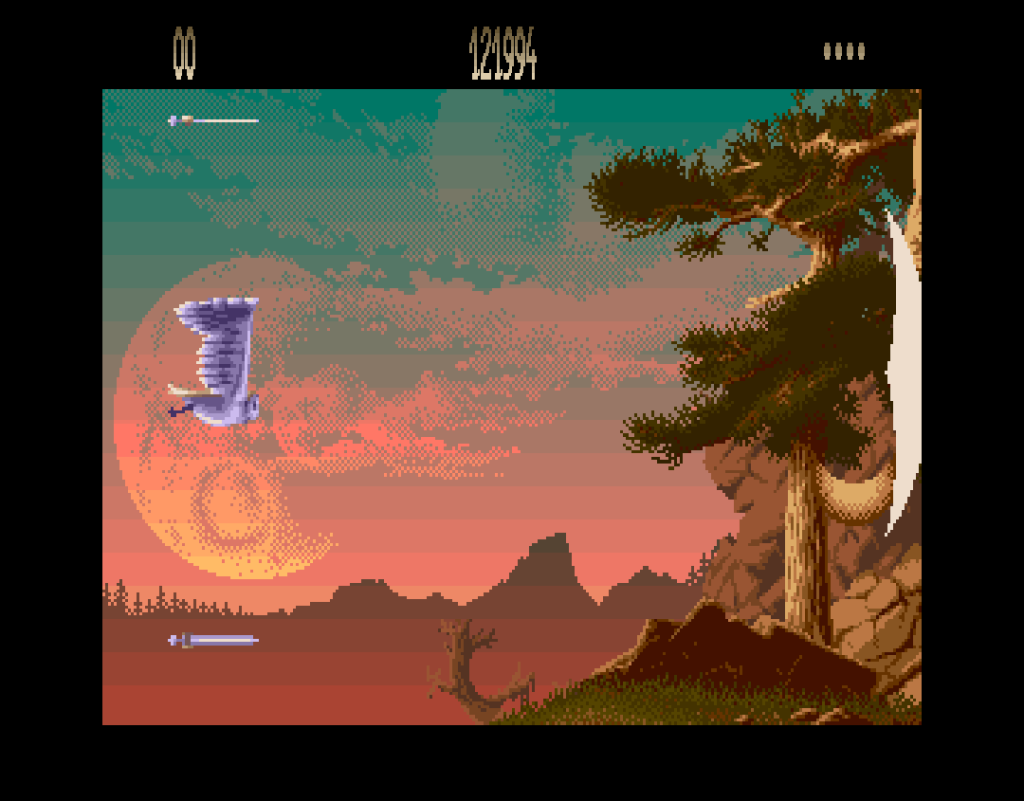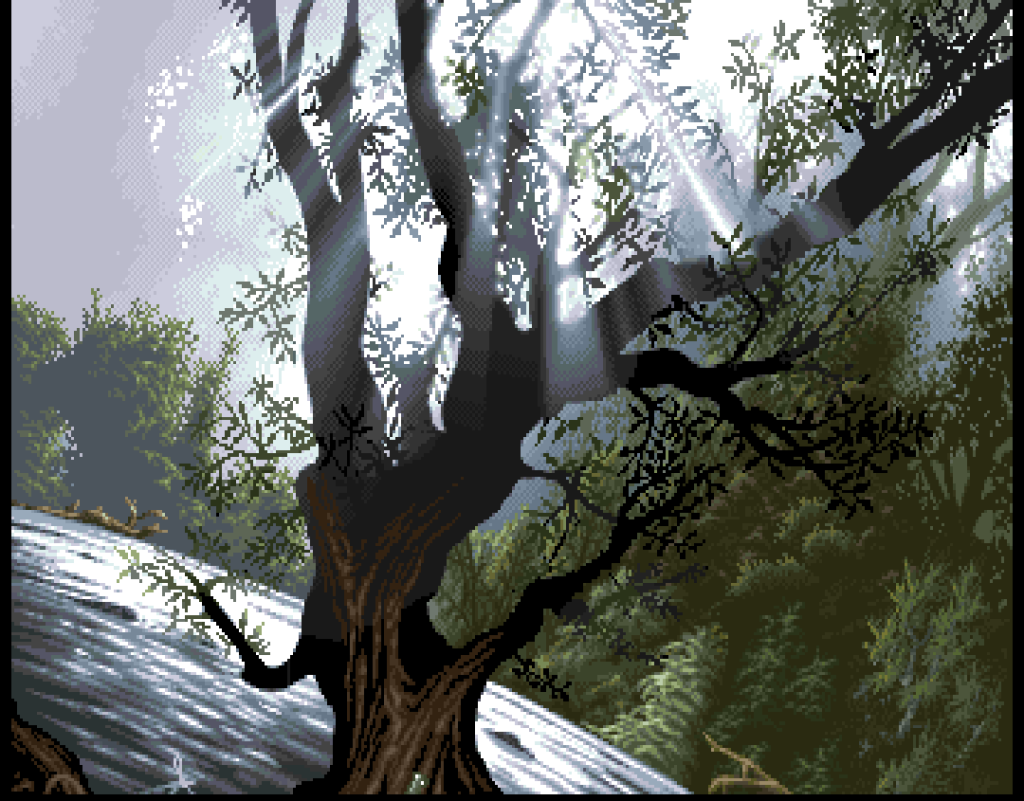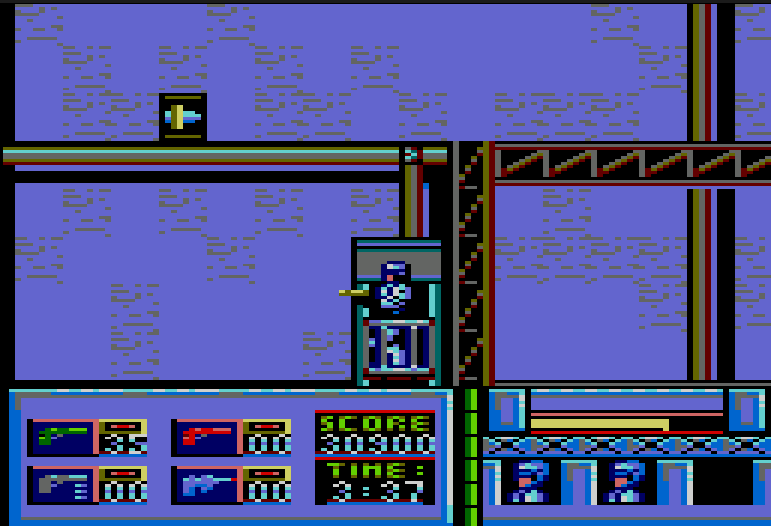Developer: Emberheart Games
Publisher: Apogee Games
Year: 2020
Genre: Platformer
System: Windows
Crystal Caves HD is a remaster of the 1991 shareware game by Apogee where you play as Mylo Steamwitz, a miner in outer space, trying to become rich. The platformer has you going through levels and grabbing all the crystals in each one while trying to avoid various monsters and traps. There’s also a puzzle element as you have to carefully plan the use of the timed power ups in the level to reach certain areas and the order that you’ll unlock doors and activate platforms. I used to play the original version quite a bit as a kid so it was nice to see this rerelease happen. Emberheart has done a few of them at this point, with Secret Agent and Monster Bash being the other two Apogee remasters they’ve done. I’ve previously played through the Secret Agent one and enjoyed that quite a bit, and the gameplay and additions in this remaster are very similar.
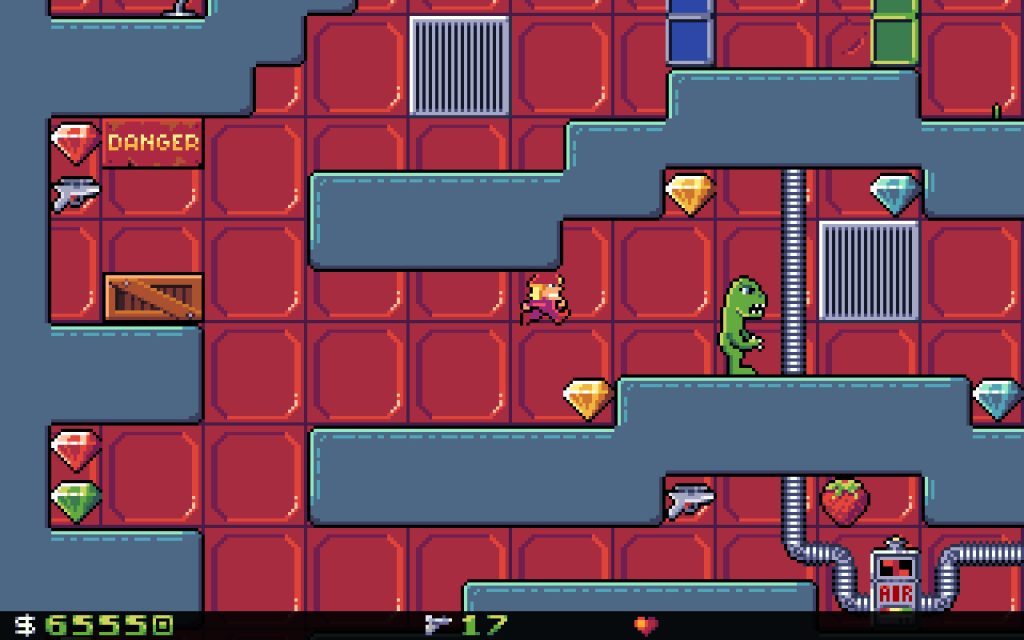
The remaster adds more color and smoother animation to the original game, music, an entire new episode of levels, and a level creator. I can see the argument for the additional colors removing some charm from the original game but I think it looks nice. The music is fine too but if I did have any criticisms of this remaster I think it’s that the music almost sounds more like something on an older video game console rather than a PC game from this era. This is a very minor gripe though. I think the new levels are very solid and feel like a good continuation of the previous three episodes, and the level editor seems to have been embraced by a very active community with the developer still adding stuff years later.
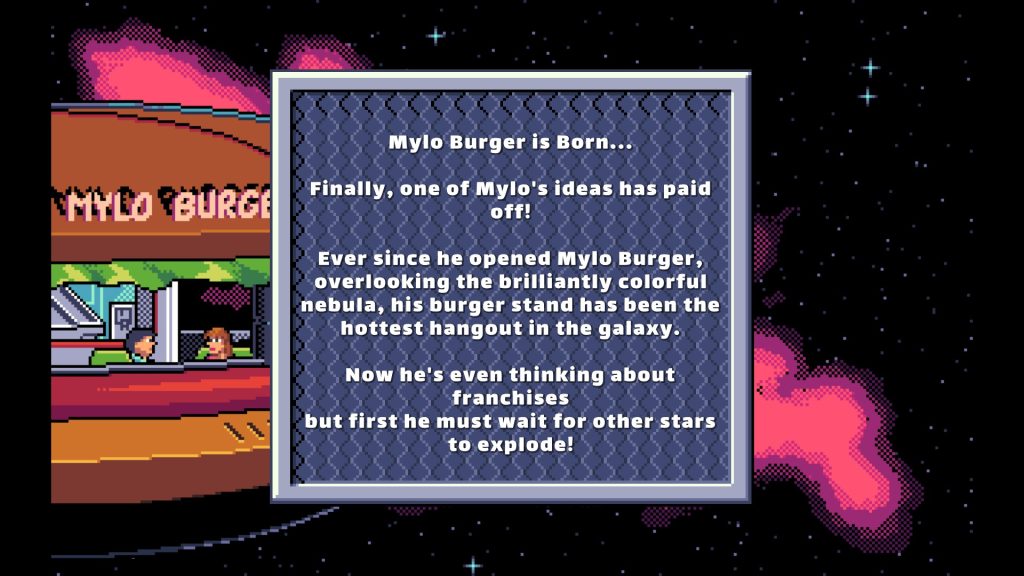
I’m very possibly too nostalgia poisoned to accurately assess this game but I think it holds up pretty well and Emberheart has done a wonderful job with the remaster, just like they did with Secret Agent. If I had any complaints about the game, not the remaster, it’s that it becomes tedious to marathon the game and it’s why I very slowly played this over a year, but it’s still pleasant to play in short bursts. The developer has also done a remaster of Monster Bash, another Apogee shareware game I loved. I haven’t played it yet but the reception on Steam seems to be very positive and I’m sure it’s great if it’s anything like the other two they’ve done. I haven’t finished it yet but Emberheart also developed the fps Wizordum, which kinda feels like if Catacomb 3D had kept being iterated on instead of ID moving on to Wolfenstein 3D and Doom. If you’re a retro FPS fan, I highly recommend it. There’s also an upcoming remaster of BioMenace that is not by this developer but looks amazing, with it having lots of features I wish this had, like the ability to switch between the old and new graphics. Give the demo a try if you have fond memories of the original.

